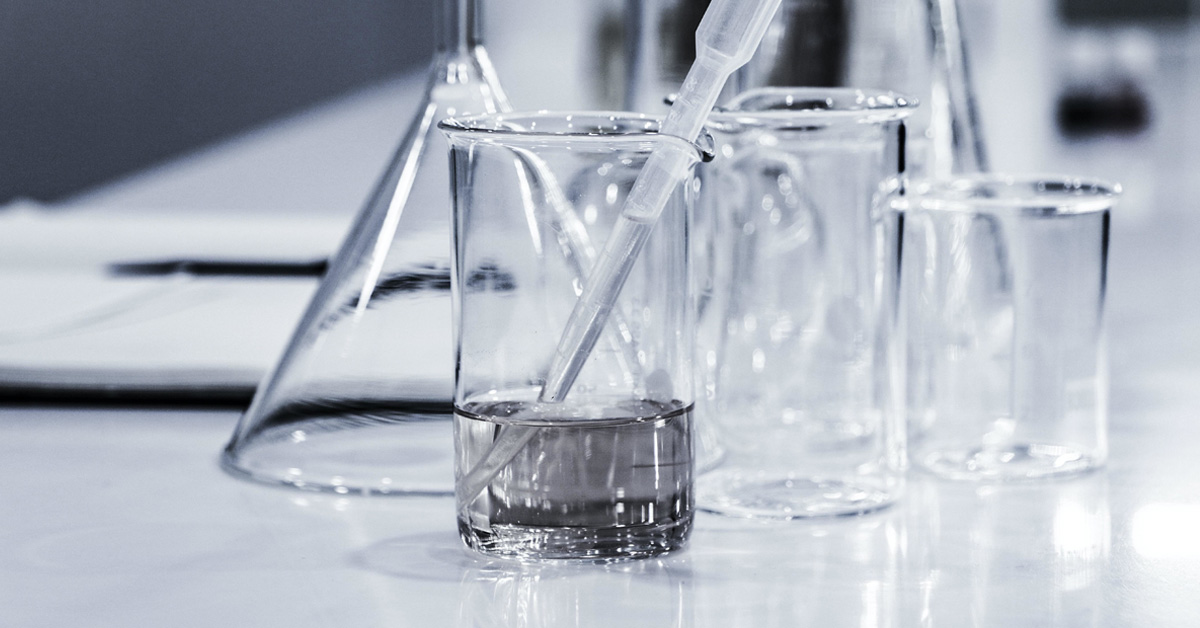Building service contractors (BSCs) face an increasingly competitive market and often compete on price. The scope and quality of service offerings is also an important consideration for clients. BSCs that find ways to differentiate their business will stand out from competitors. Knowing how the carpet care process works at a deeper level gives employees an appreciation for their hard work and encourages them to adhere to best practices to uphold carpet cleanliness. Read on to learn more about the science of carpet cleaning.
The Differences between Insoluble and Soluble Soils
Carpet soils vary greatly in their composition and attention to detail can help employees quickly and easily remove contaminants of all types. Insoluble soils are the type that will not dissolve with the addition of water. These include things like sand, dirt, dust and grass. They are typically tracked in from the outdoors on the soles of shoes. In fact, combining water with insoluble particles can create mud that is more difficult to remove from carpet than dry soils. This is why employees need to prioritize vacuuming to regularly remove the buildup of insoluble soils that can complicate the interim maintenance phase of carpet care.
In contrast, soluble soils dissolve with the help of a liquid such as water, a detergent or a solvent. Examples of soluble soils include beverages like soda, tea and coffee, road salt, oils, tar, and other sugars and starches from food. When dealing with soluble soils, staff should try to identify the origin of the spot to better understand which cleaning solution is best suited for its removal.
How Do Carpet Cleaners Work: A Look at the Molecules
Interim carpet care allows employees to address spots and lift embedded soils from carpet fibers to improve the overall look of flooring. Some BSCs conduct interim maintenance on a daily basis or every couple days, such as in busy casinos, while some choose to complete carpet cleaning once every week or two weeks, such as in corporate office settings.
There are many benefits to a low-moisture approach, including that it requires less water and carpet dries more quickly compared to traditional carpet cleaning methods. Low-moisture encapsulation has been trusted for more than 30 years as a way to more easily clean carpet and keep carpet cleaner for longer periods of time. The process is built on revolutionary advancements in carpet care chemistry.
So how does it work? Encapsulation uses detergents that are formulated to emulsify dry and oily soils and then bind together, surrounding the soil. The chemistry dries as small, hard crystalline structures that employees can remove by vacuuming. Employees no longer have to deal with leftover sticky residues that soils can cling to.
There are numerous types of encapsulation chemistries on the market to tackle different types of stains. Depending on the intended use, the formulation will vary, combining different chemicals to create one powerful solution. For example, you may find that a stain resist product that is applied to block stains from setting into carpet fibers contains water (the carrier), a proprietary polymer and Methylisothiazolinone 2682-20-4 preservative Benzisothiazolinon (preservatives). Meanwhile, an oxygenated additive that helps dislodge difficult food stains and brightens carpet colors may include water (the carrier), hydrogen peroxide (the cleaning agent), cocamidopropyl betaine (the surfactant) and sodium chloride (the thickener).
Always opt for carpet care chemistries that do not contain added dyes or fragrances. They are unnecessary additions that only risk causing unpleasant reactions among cleaning staff who regularly clean carpet or facility visitors and occupants who may have allergies or other health concerns. Additionally, check for certifications and approvals from reputable third-party organizations to verify that the chemistry is manufactured by a trusted industry leader focused on safety and efficacy. These may include the Wool Safe approval, the Carpet and Rug Institute (CRI) Seal of Approval, Green Seal certification or CleanSeal® certification.
Considering Every Element of Carpet Care
Chemistry may not be everyone’s favorite school subject, but it is important that BSCs understand it to carpet cleaning science to achieve success. After all, the majority of BSCs are responsible for carpet cleaning in their customers’ facilities, and the carpet care process involves chemical reactions.
There is certainly an art and a science when it comes to maintaining commercial carpet. Following the right processes preserves the colorful and intricate designs that people love about carpet. Combining high-quality equipment and chemistry enables BSCs to effectively target soils and contaminants and keep carpet looking pristine. A crash course in chemistry goes a long way in helping building service contractors professionalize their staff and better understand the benefits of low-moisture encapsulation.

